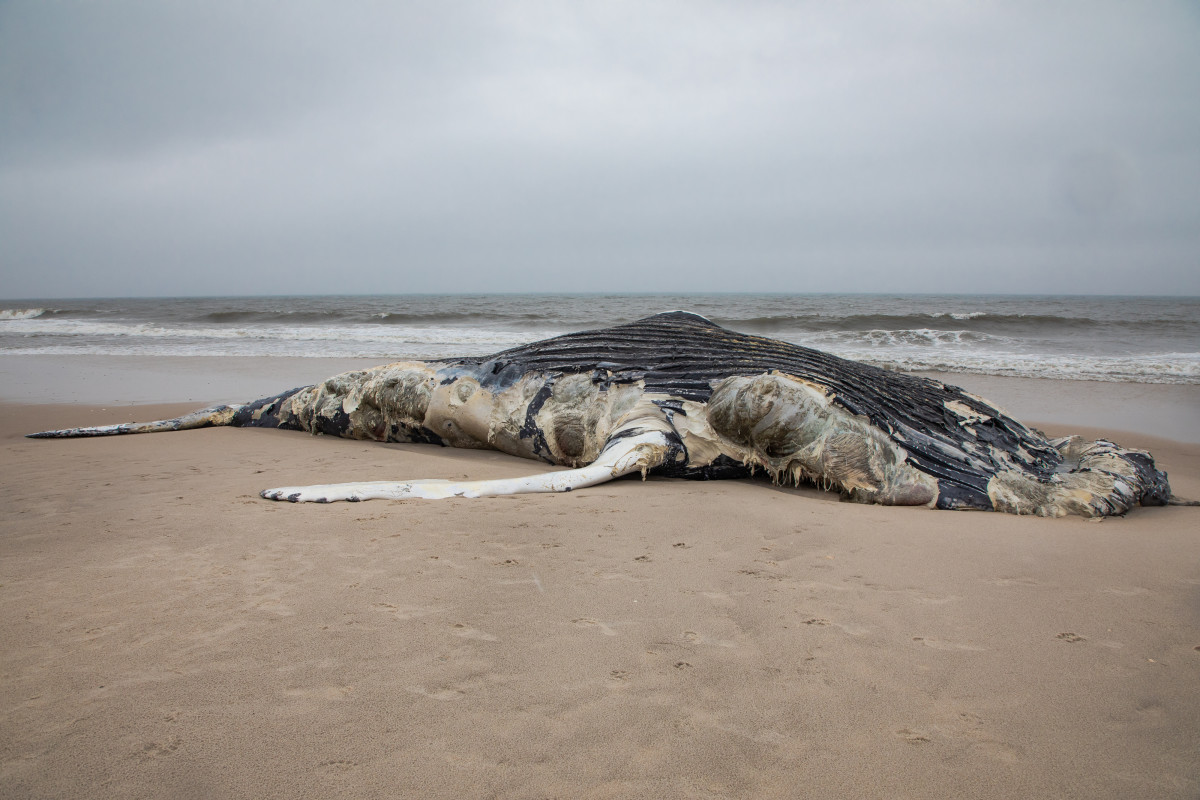he magnificent creatures are essentially jaywalking

Luna was last seen alive in September off the coast of Nova Scotia. Scientists had been tracking the 40-year-old whale for decades. Like all humpback whales his tail, called a fluke, had distinctive pigmentation patterns. These are used by scientists as a sort of fingerprint. Luna’s fluke had a moon shape, hence his name. Those tracking him knew every scar and took note of new ones whenever they saw him. The next time he was seen was when his carcass washed ashore in January on Lido Beach on Long Island, about 40 miles (65km) from Manhattan and 600 miles from Nova Scotia.

Whales have been dying in elevated numbers along America’s east coast since 2016. So much so that the National Oceanic and Atmospheric Administration, the federal agency that monitors fisheries and oceans, declared the existence of an “Unusual Mortality Event” back in 2017. Prior to 2007, Rob DiGiovanni, the chief scientist at the Atlantic Marine Conservation Society, which surveys wildlife and conducts necropsies, said he saw stranded whales just once every two years. Then it became one to three a year; now it is every few weeks. Since the start of December, 29 dead whales, including right whales, whose numbers are already precarious, have washed ashore along America’s east coast. Luna was the tenth of 13 whales to be found dead on New York and New Jersey beaches. Scientists are trying to figure out why.









